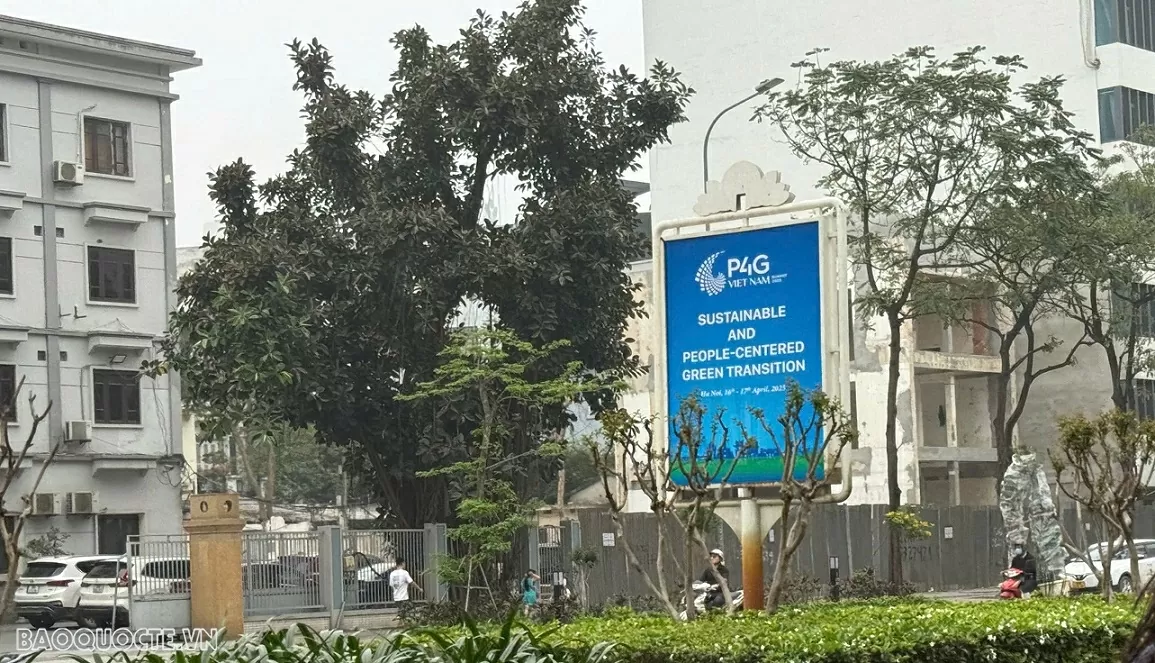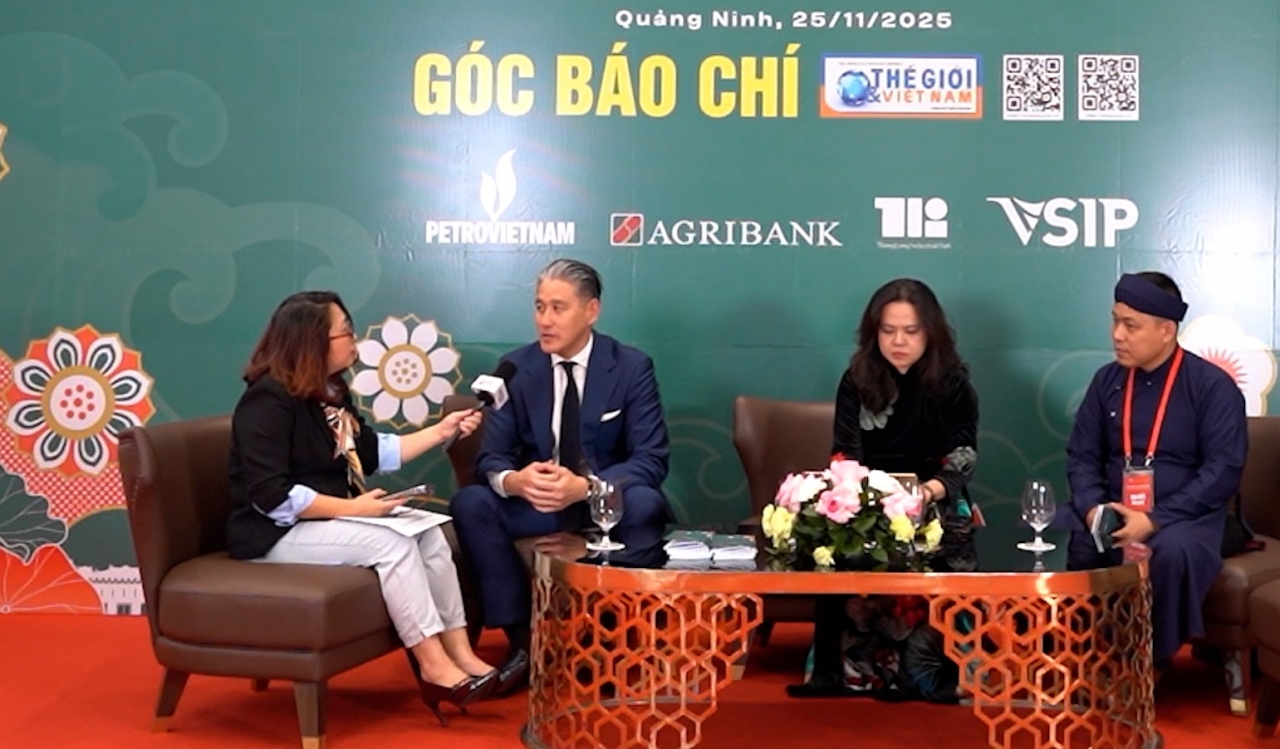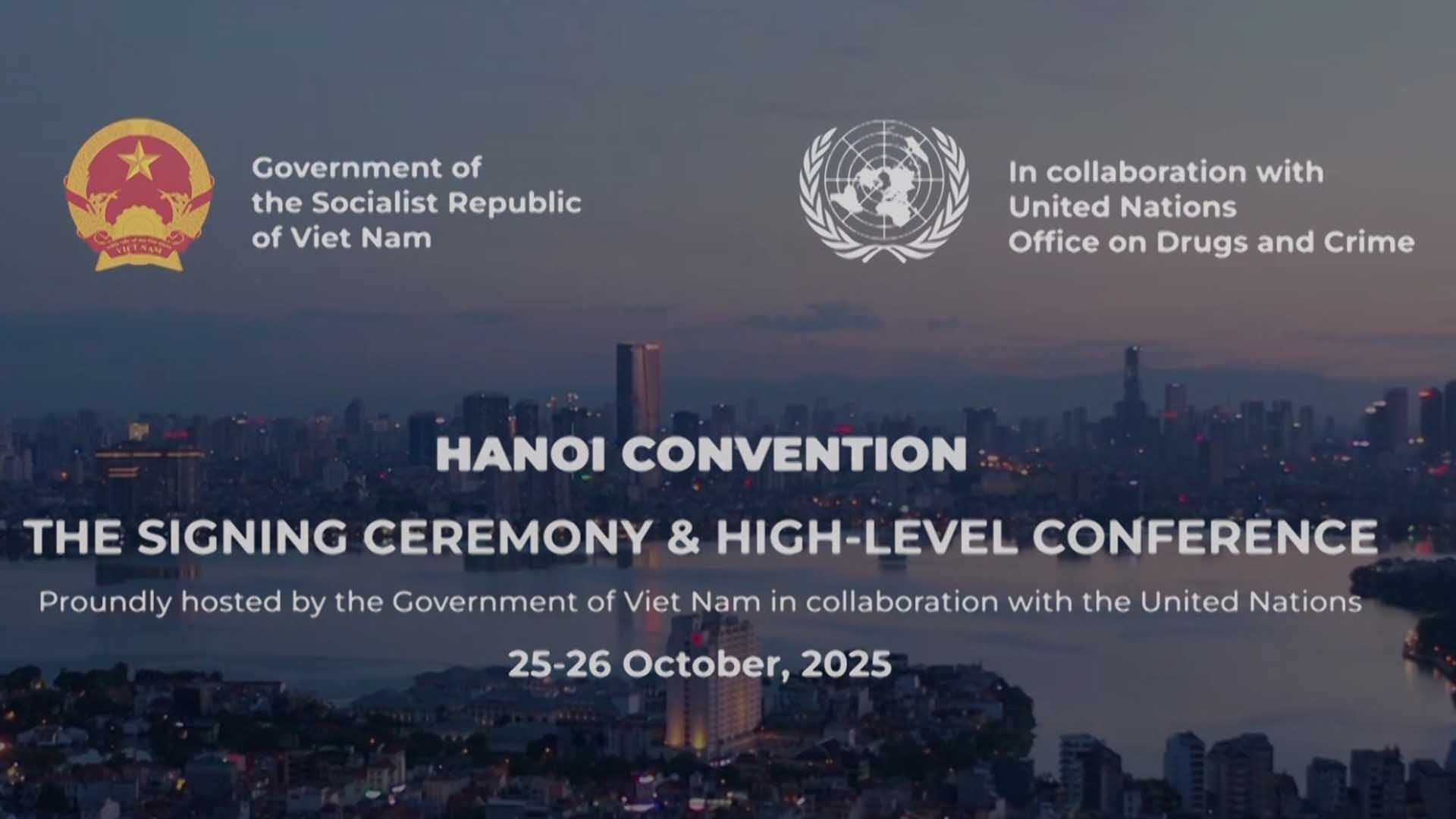
4th P4G Summit: Vietnam leaving a mark on the world’s green 'map'
Latest
 |
| Ms. Lê Bích Ngọc - author of the article. |
P4G has not only enhanced Vietnam’s capacity to respond to climate change but also created opportunities for the country to connect with and attract foreign investment in renewable energy, paving the way for a green transition toward sustainable development.
A Trusted Partner
Energy cooperation projects such as the Vietnam-Denmark Energy Partnership Programme for the 2020–2025 period (DEPP3) are prime examples of how the S-shaped country is strengthening collaboration and learning from member states. This is a technical assistance project funded by the Danish Government, with a total grant of 8.96 million USD. The program supports Vietnam in developing a low-carbon growth roadmap, focusing on three key components: enhancing long-term energy sector planning, improving the integration of renewable energy into the power system, and promoting low-carbon development in the industrial sector.
In addition, the project “Promoting the Market for Energy Efficiency Investment in Vietnam’s Industrial Sector,” implemented from 2021 to 2025 with a total budget of 6.4 million USD funded by South Korea, has already borne fruit.
The project has encouraged the industrial sector to adopt energy-saving and efficient practices while raising awareness and promoting investment in energy-saving technologies.
Through cooperative programs and projects with the two P4G member countries mentioned above, various new technologies have been introduced and applied in the renewable energy sector, creating significant opportunities for the sustainable growth of the industry. The country is gradually shaping a green growth model, contributing to the achievement of global sustainable development goals.
Vietnam’s presence at P4G is not only marked by concrete, close-knit partnerships but also by its strong commitment to sustainable development and climate action.
The country has developed and implemented a number of policies and strategies to drive the green transition—most notably the National Green Growth Strategy for the 2021–2030 period with a vision to 2050, which focuses on climate change mitigation, resource conservation, and strengthening the capacity of businesses to adopt green and clean technologies.
Additionally, the country has signed several international agreements, including the Paris Agreement on climate change, and has committed to reducing greenhouse gas emissions by 8% to 25% by 2030 compared to a business-as-usual scenario. These actions have helped Vietnam assert its position in the international community as a reliable and proactive partner in areas related to sustainable development and environmental protection.
 |
| Through P4G, Vietnam has boosted international connections and attracted foreign investment. (Photo: Linh Chi) |
Golden opportunity
As climate change and environmental pollution pose increasingly serious challenges to global sustainable development, Vietnam must focus on several key areas to continue its progress on the world’s “green map”:
First, accelerating green technology adoption. Vietnam should ramp up policies that encourage research and development of green technologies in critical sectors such as energy, transportation, and agricultural production. Investing in research and development of new technologies will boost the country’s competitiveness and attract capital from international investors.
Second, enhancing international cooperation. Vietnam needs to deepen partnerships with other countries as well as international organizations and programs to share knowledge, resources, and technologies. Establishing strategic partnerships can bring long-term benefits for both Vietnam and its partners in achieving a green transition.
| Hosting the 4th P4G Summit in 2025 will be a golden opportunity for the S-shaped country to demonstrate its strong commitments, attract investment and strengthen cooperation in green transition and sustainable development. |
Third, public education. Community awareness is essential for achieving green transformation goals. Vietnam should implement communication campaigns, workshops, and training programs to equip citizens and businesses with the knowledge needed to understand and embrace the benefits of green technology and sustainable practices.
Fourth, developing financial mechanisms to support the green transition.
Vietnam must establish flexible financial tools to encourage investment in green and sustainable projects. Green credit programs or sustainable development funds can help businesses access the capital they need to implement sustainable initiatives.
At the same time, incentive mechanisms should be introduced for foreign investors seeking to fund projects in these sectors within Vietnam. For NGOs operating in the country, regulations on receiving international aid and funding should be loosened and encouraged.
Fifth, monitoring and evaluating implementation progress. Regular monitoring and evaluation of green transition projects will help Vietnam adjust its policies in a timely and practical manner. The country should develop clear sets of indicators for each sector to track progress in achieving green transition goals.
In addition, Vietnam should continue asserting its role in international forums. Hosting the 4th P4G Summit in 2025 will be a golden opportunity for the S-shaped country to demonstrate its strong commitments, attract investment, and strengthen cooperation in green transition and sustainable development.
Building a solid foundation for sustainability not only brings economic benefits but also ensures a brighter future for generations to come.













